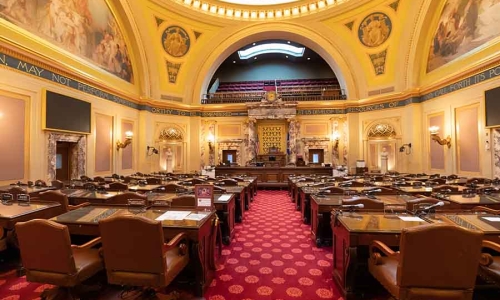The Motivations of a “Wake-and-Bake” Cannabis Lifestyle

The Rising Trend of Morning Cannabis Use and Its Risks.
Early morning cannabis use, often to avert anxiety, is increasing—and risky.
For the past 40 years, on the morning of my lecture on cannabis, I have asked the students in my psychopharmacology course the following question: How many of you are high at this moment? Usually, about five percent of the class raise their hands.
Understanding young adult cannabis use patterns has become more important recently, as states legalize recreational cannabis. In a recent poll, more than 25 percent of young adults in the U.S. reported recent and regular cannabis use.
As use by young adults has increased, the potency of cannabis has increased as well. The young adults in my class are typical of most youth; they feel invulnerable and fail to perceive the risk of cannabis use. They perceive driving under the influence of cannabis to be relatively low risk, especially as compared to the perceived risks of driving under the influence of alcohol.
One high-risk cannabis behavior is dosing shortly after waking up, colloquially referred to as “wake-and-bake.” The internet has numerous articles, recipes for edible breakfast ideas, as well as songs that glamorize the behavior as a relaxing way to start the day.
Why do some people choose to wake-and-bake?
In one study, adolescents and young adults reported that when participants regularly took more hits of cannabis during the morning, they used less cannabis in the afternoon or after midnight. The wake-and-bake users also reported experiencing greater cannabis-related consequences than those who did not use cannabis in the morning. Young adults’ propensity to wake-and-bake may also be linked to coping with or managing demands associated with school or work.
A recent study of 409 young adults found that wake-and-bake cannabis use was positively associated with the number of hours high, which is consistent with research indicating morning cannabis use may be associated with using greater amounts of cannabis overall. This finding is also consistent with the results of studies of individuals who used nicotine and alcohol immediately after waking; they tended to use more of their preferred drug.
Surprisingly, the study reported that wake-and-bake cannabis use was not directly associated with the number of acute negative cannabis consequences, such as hyperemesis syndrome, impaired coordination and performance, anxiety, suicidal ideations/tendencies, and psychotic symptoms. This is surprising because there was a significant association between wake-and-bake use and greater hours high, and there is an expected positive association between hours high and negative consequences.
Future studies will have to unpack this mystery. The authors suggested that future studies should focus on the specific consequences relevant to using cannabis early in the day, such as any changes in levels of motivation or performance at school or the workplace.
In the current study, the young adults who reported a greater number of social anxiety coping behaviors at baseline reported wake-and-bake use on a greater proportion of cannabis use days. Further analyses showed that the participants had greater odds of feeling antisocial or intentionally avoiding others on wake-and-bake use days compared to non-wake-and-bake cannabis use days. This makes sense, since many studies have shown that cannabis cravings are higher among those with clinically elevated symptoms of social anxiety.
The authors speculated that individuals who wake-and-bake to cope with social anxiety do so for an upcoming social situation and/or in anticipation of a craving that could occur during daily social interactions.





